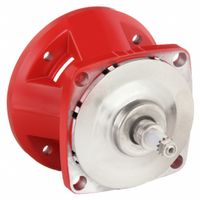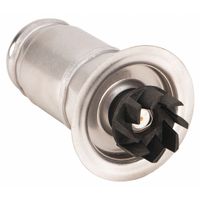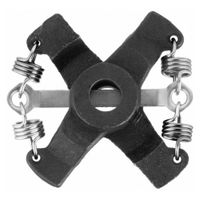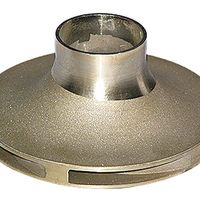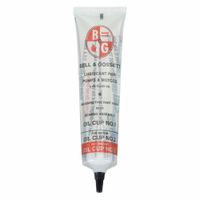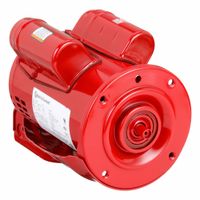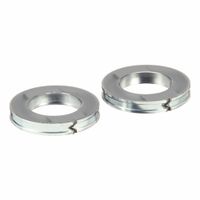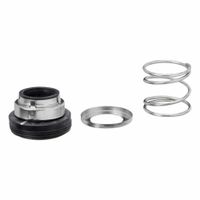- Home
- Pumps
- Circulating Pumps Flanges Unions Controls
- Repair Parts Kits For Circulating Pumps
Repair Parts & Kits for Circulating Pumps
These repair parts and kits maintain circulating pumps. Bearing assemblies transfer the power generated by the motor to the impeller. Motors run on alternating current (AC) to power the pump. The bearing assembly and motor are replaceable in a 3-piece circulating pump. Impellers are the rotating mec .....Read More
Frequently Asked Questions
What are the common signs that a circulating pump needs repair or replacement?
How do I choose the right bearing assembly for my circulating pump?
What is the process for replacing a motor in a 3-piece circulating pump?
How do I determine the correct impeller size for my pump?
What are the steps to install a seal kit or gasket in a circulating pump?
How can I ensure compatibility of replacement parts with my existing pump model?
What maintenance tips can extend the lifespan of circulating pump components?
